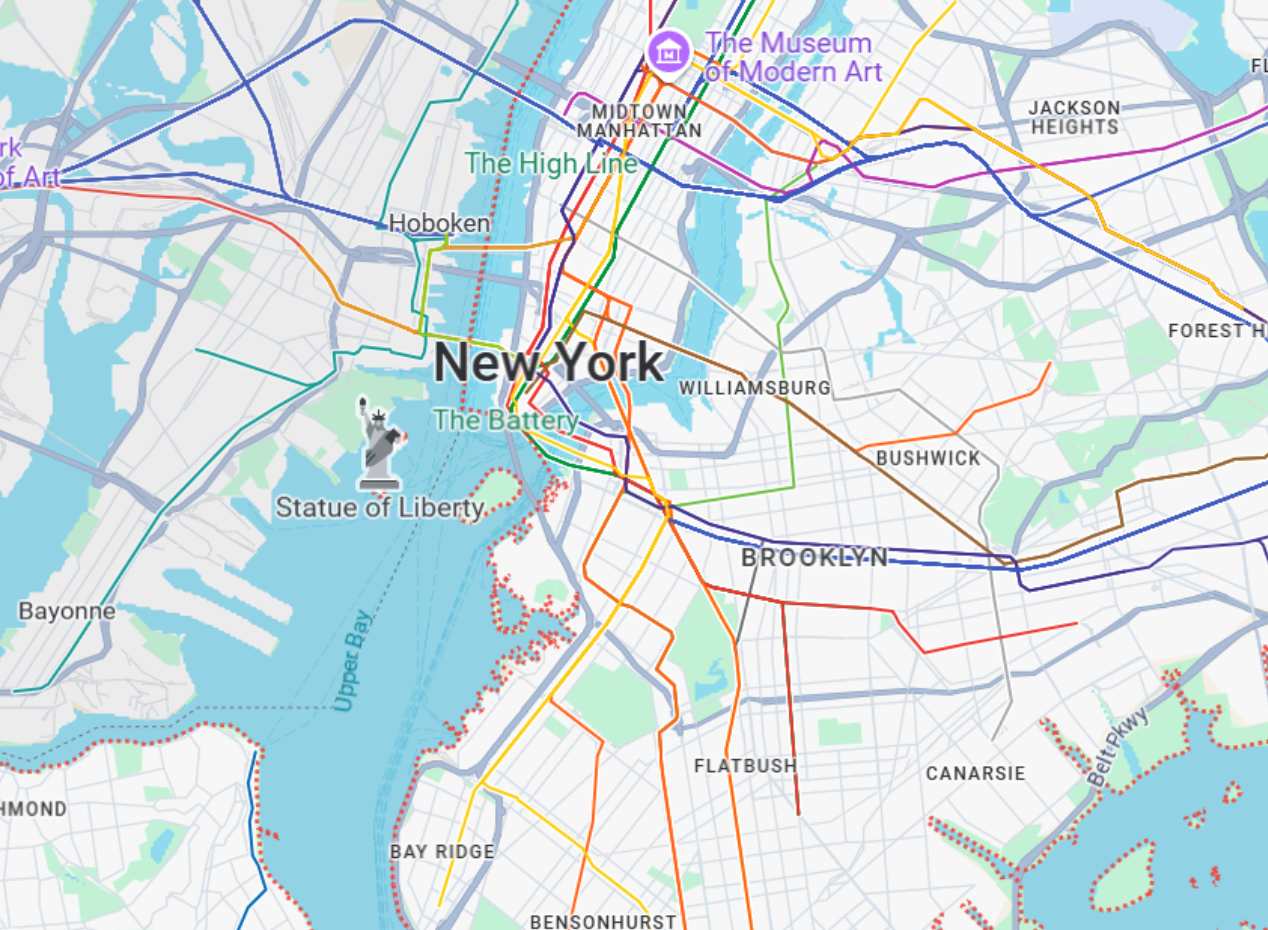Website ADA Compliance in New York
Creating an accessible website not only helps protect your business from legal challenges but also reflects a commitment to inclusivity and modern digital standards. Take the first step toward compliance and build a stronger, more responsible brand.

New York ADA Requirements
Web accessibility laws in New York blend federal mandates with state-specific regulations. Businesses and public entities must comply with the Americans with Disabilities Act (ADA), which requires equal access for individuals with disabilities, including in digital spaces. Non-compliance can result in legal action, fines, and reputational damage, making it essential for organizations to improve their digital accessibility.
Accessibility solutions near you in New York help you stay compliant with state regulations and create an inclusive online experience for users, from Long Island to the Catskills.
Americans with Disabilities Act and Section 508
The Americans with Disabilities Act or ADA was implemented in 1990 to make sure that people with disabilities aren’t discriminated against. It's made up of five parts, and the important ones for New York’s government and businesses are Title II and Title III.
In New York, any business with 15 or more workers, plus places like hotels and restaurants, has to stick to the ADA. Even small businesses should follow these guidelines to be ready for growth down the line and to avoid any legal issues.
Plus, Section 508 of the Rehabilitation Act helps make sure that federal government agencies’ digital spaces are accessible. The main aim of Section 508 is twofold: it wants to give federal employees with disabilities the same access to information and technology in their jobs and also make sure everyone can reach federal resources, websites, and services.
New York State’s Accessibility Policy (NYS P08-005)
New York State’s Accessibility Policy (NYS P08-005) ensures that digital services are accessible to everyone, including individuals with disabilities.
This policy follows Section 508 and meets the guidelines set by the Department of Justice for digital accessibility. State agencies need to create and keep up digital tools that match the Web Content Accessibility Guidelines (WCAG).
Scope
The policy applies to all state entities, including agencies, employees, contractors, and third parties who use state-managed IT resources. It covers websites, mobile apps, and any digital content created or maintained by state entities or through third-party contracts.
Compliance Requirements
To meet accessibility standards, state entities must:
- Follow WCAG 2.1 Level AA for web content and applications by June 25, 2026.
- Ensure websites comply with WCAG 2.2 Level AA by January 1, 2027.
- Perform manual information and communication technology (ICT) testing before release, after major changes, and every two years.
For businesses that have a presence online, this method helps reduce risks related to ADA compliance and shows you're committed to being accessible and inclusive.
Risks and Consequences of Noncompliance
Getting sued by law firms that represent people with disabilities can drain your finances, not just from legal expenses but also from possible settlement payouts.
On top of that, facing lawsuits can really damage your reputation. This might lead to people boycotting your business, loss of earnings, shrinking market share, falling stock prices, low employee morale, and even higher turnover rates.
The Center for Independence of the Disabled in New York (CIDNY) offers workshops and consulting to help businesses get a handle on what they need to do for accessible online services.
As a nonprofit advocacy organization, CIDNY operates to promote disability rights and inclusion, not as a business service. This way, you can help cut down on the chances of facing lawsuits related to ADA compliance in New York.
How To Ensure Your Website Complies With New York Accessibility Policies
Creating an inclusive website is more important than ever, as inaccessible websites have become a leading cause of ADA non-compliance in recent years. Below are the key steps for ensuring website accessibility:
- Conduct Accessibility Testing: Evaluate your website through expert manual audits and user testing to identify barriers and improve overall accessibility. The goal is to make sure all users, including those with disabilities, can navigate and interact with your digital content effectively.
- Implement WCAG Best Practices: After identifying accessibility issues, apply the WCAG, based on the POUR principles (perceivable, operable, understandable, robust). Aim for Level AA compliance to meet ADA compliance in New York, or target Level AAA for the highest accessibility standards.
Keeping your website accessible can require ongoing effort, but the long-term benefits make it a valuable investment in your users and your brand. At Be Accessible, we have got your back with customized solutions that save you time and effort. Whether it’s thorough audits for website accessibility, fixing up PDFs automatically, or personalized training programs, we will help you meet ADA requirements in New York with clarity and confidence.
Be Accessible Increases Digital Accessibility Every Day
We serve a wide range of industries from restaurants to tech companies to financial institutions and everything in between.
Contact Us
You're one step closer to ADA compliance.
Fields marked with * are required.